Home>Furniture & Design>Office Furniture>How To Fix An Office Chair That Keeps Sinking


Office Furniture
How To Fix An Office Chair That Keeps Sinking
Modified: February 18, 2024
Learn how to fix your sinking office chair with our expert tips and solutions. Stop the frustration and get your office furniture working like new again.
(Many of the links in this article redirect to a specific reviewed product. Your purchase of these products through affiliate links helps to generate commission for Storables.com, at no extra cost. Learn more)
Introduction
Office chairs are essential for productivity and comfort in the workplace. However, a common issue that many office workers encounter is a chair that keeps sinking. This can be frustrating and detrimental to overall work performance. Fortunately, there are several methods to address this problem, ranging from simple adjustments to more involved repairs. By understanding the underlying causes and learning how to effectively troubleshoot and fix a sinking office chair, you can reclaim the support and functionality that your chair is meant to provide. In this comprehensive guide, we will explore the various reasons why office chairs sink and provide practical solutions to help you resolve this persistent issue. Whether it's a faulty pneumatic cylinder, a worn-out gas lift, or an imbalance in tilt tension, we'll cover the steps needed to restore your office chair to its optimal working condition. So, let's dive into the world of office chair maintenance and learn how to keep your seating experience elevated and comfortable.
Key Takeaways:
- Don’t let a sinking office chair bring you down! Assess, identify, and fix the issue by checking the pneumatic cylinder, replacing the gas lift, and adjusting the tilt tension for a comfortable and productive work experience.
- Keep your office chair afloat! Regularly inspect and maintain the pneumatic cylinder, gas lift, and tilt tension to prevent sinking issues, ensuring a supportive and ergonomic workspace for years to come.
Read more: How To Fix An Office Chair Armrest
Assessing the Issue
Before delving into the specific fixes for a sinking office chair, it’s important to conduct a thorough assessment of the problem. Start by sitting in the chair and noting any noticeable changes in its height or stability. Pay attention to whether the chair sinks gradually over time or suddenly drops when weight is applied. Additionally, check for any unusual noises or resistance when adjusting the chair’s height or tilt.
Next, inspect the chair’s components, including the pneumatic cylinder, gas lift, and tilt mechanism. Look for signs of wear and tear, such as visible damage, rust, or leaking hydraulic fluid. If the chair has adjustable lumbar support or armrests, test these features to ensure they are functioning correctly and not contributing to the sinking issue.
It’s also beneficial to consider the chair’s usage patterns and history. Has it been subjected to excessive weight or rough handling? Understanding how the chair has been used can provide valuable insights into the potential causes of the sinking problem.
By carefully assessing the issue, you can gather essential information that will guide you in identifying the specific problem and determining the most appropriate course of action. This initial evaluation sets the stage for effectively addressing the issue and restoring your office chair to its optimal functionality.
Identifying the Problem
Once you’ve assessed the issue, it’s time to pinpoint the underlying problem causing your office chair to sink. The most common culprits include a faulty pneumatic cylinder, a worn-out gas lift, or an imbalance in the tilt tension mechanism. Each of these components plays a crucial role in the chair’s height adjustment and overall stability.
The pneumatic cylinder, located at the core of the chair’s base, is responsible for controlling the chair’s height through the use of compressed air. If the cylinder is damaged or experiencing a leak, it can result in a gradual decline in the chair’s height, leading to the sinking sensation.
Similarly, the gas lift, which connects the seat to the base of the chair, may wear out over time, compromising its ability to maintain the desired height. This can occur due to internal damage or a loss of pressure within the lift mechanism, causing the chair to sink when weight is applied.
Another potential issue lies within the tilt tension mechanism, which regulates the chair’s reclining resistance. If the tilt tension is imbalanced or malfunctioning, it can affect the chair’s overall stability and contribute to a sensation of sinking when seated.
By understanding these common problems, you can narrow down the potential causes of the sinking issue and proceed to address them effectively. Identifying the specific problem will enable you to choose the most appropriate repair method and restore your office chair to its intended functionality.
Fixing the Pneumatic Cylinder
If the sinking issue is attributed to a faulty pneumatic cylinder, there are several steps you can take to address this problem. Before initiating any repairs, ensure that the chair is on a stable surface and is free from any obstructions. Here’s a guide to fixing the pneumatic cylinder:
- Inspect for Damage: Start by examining the pneumatic cylinder for any visible signs of damage, such as dents, cracks, or leaks. If damage is evident, it may be necessary to replace the cylinder entirely.
- Apply Lubrication: If there are no visible signs of damage, applying lubricant to the cylinder’s moving parts can help improve its functionality. Use a silicone-based lubricant to ensure smooth operation.
- Tighten Connections: Check the connections between the cylinder and the chair’s base and seat. If any connections are loose, use a wrench to securely tighten them, ensuring that the cylinder is firmly attached to the chair.
- Utilize a Pipe Wrench: In cases where the cylinder needs to be removed for repair or replacement, a pipe wrench can be used to unfasten the cylinder from the chair’s base. Exercise caution to avoid damaging the cylinder or other components.
- Replacement: If the pneumatic cylinder is extensively damaged or leaking, it may be necessary to replace it with a new cylinder. Ensure that the replacement cylinder is compatible with your office chair model and follow the manufacturer’s guidelines for installation.
By following these steps, you can effectively address issues related to the pneumatic cylinder and restore proper height adjustment functionality to your office chair. It’s essential to approach these repairs with care and attention to detail to ensure the long-term stability and performance of the chair.
Check the pneumatic cylinder for leaks or damage. If it’s the issue, you can replace it with a new one to fix the sinking problem.
Replacing the Gas Lift
If the sinking problem is attributed to a worn-out or malfunctioning gas lift, replacing the gas lift can provide an effective solution. Follow these steps to replace the gas lift in your office chair:
- Assess the Gas Lift: Start by evaluating the condition of the existing gas lift. Look for signs of wear, such as reduced height retention or visible damage to the lift mechanism.
- Obtain a Replacement: Purchase a new gas lift that is compatible with your office chair model. Ensure that the replacement lift matches the specifications and dimensions of the original part.
- Secure the Chair: Place the chair on a stable surface and ensure that it is securely positioned to prevent any accidental movement during the replacement process.
- Remove the Old Gas Lift: Using a pipe wrench or similar tool, carefully detach the existing gas lift from the chair’s base and seat. Exercise caution to avoid damaging surrounding components during the removal process.
- Install the New Gas Lift: Position the new gas lift in place, aligning it with the chair’s base and seat. Apply gentle pressure to secure the connections, ensuring that the lift is firmly in position.
- Test the Chair: Once the new gas lift is installed, test the chair’s height adjustment functionality to ensure that the sinking issue has been resolved. Sit in the chair and verify that it maintains the desired height without sinking under weight.
By carefully following these steps, you can successfully replace the gas lift in your office chair, addressing the underlying cause of the sinking problem. This proactive approach helps maintain the chair’s functionality and ensures a comfortable and supportive seating experience in the workplace.
Read more: How To Fix Hydraulics On An Office Chair
Adjusting the Tilt Tension
Imbalanced or malfunctioning tilt tension can contribute to a sinking sensation in an office chair. By adjusting the tilt tension mechanism, you can restore the chair’s stability and prevent it from sinking when seated. Here’s a step-by-step guide to adjusting the tilt tension:
- Locate the Tilt Tension Knob: Identify the tilt tension adjustment knob or mechanism, typically located beneath the chair’s seat or on one side of the seat base.
- Assess the Current Tension: Sit in the chair and evaluate the resistance offered by the tilt mechanism. If the chair reclines too easily or feels overly rigid, it may indicate an imbalance in the tilt tension.
- Adjust the Tension: Using the tilt tension knob, turn it clockwise to increase the resistance or counterclockwise to reduce the tension. Make gradual adjustments and test the chair’s reclining motion after each turn to achieve the desired level of tension.
- Test for Optimal Stability: Once you’ve made the necessary adjustments, test the chair by leaning back and assessing its stability. The goal is to achieve a balanced tilt tension that provides comfortable support without causing the chair to sink or recline excessively.
By carefully adjusting the tilt tension to suit your preferences, you can enhance the stability and functionality of your office chair, minimizing the risk of sinking and ensuring a comfortable seating experience. This simple yet effective maintenance task can significantly improve the overall performance of your chair.
Conclusion
Dealing with a sinking office chair can be a frustrating experience, but with the right knowledge and approach, it’s possible to address the issue effectively. By assessing the problem, identifying the underlying causes, and implementing the appropriate solutions, you can restore your office chair to its intended functionality and enjoy a comfortable and supportive seating experience.
Whether the sinking issue stems from a faulty pneumatic cylinder, a worn-out gas lift, or imbalanced tilt tension, the methods outlined in this guide provide practical steps to troubleshoot and resolve the problem. From inspecting the chair’s components to performing repairs and replacements, taking proactive measures to maintain your office chair can extend its lifespan and ensure consistent performance.
Regular maintenance and prompt attention to any signs of sinking or instability can help prevent more extensive damage to the chair and promote a safe and ergonomic workspace. Additionally, understanding the mechanisms and components of your office chair empowers you to address potential issues promptly, minimizing disruptions and discomfort in the workplace.
By following the guidance provided in this comprehensive guide, you can effectively address a sinking office chair, prolong its usability, and create an environment conducive to productivity and well-being. Remember that proper care and maintenance not only enhance the longevity of your office furniture but also contribute to a more comfortable and supportive work environment for years to come.
With these practical solutions at your disposal, you can bid farewell to the sinking sensation and enjoy the benefits of a fully functional and reliable office chair, promoting a healthier and more enjoyable work experience.
Frequently Asked Questions about How To Fix An Office Chair That Keeps Sinking
Was this page helpful?
At Storables.com, we guarantee accurate and reliable information. Our content, validated by Expert Board Contributors, is crafted following stringent Editorial Policies. We're committed to providing you with well-researched, expert-backed insights for all your informational needs.
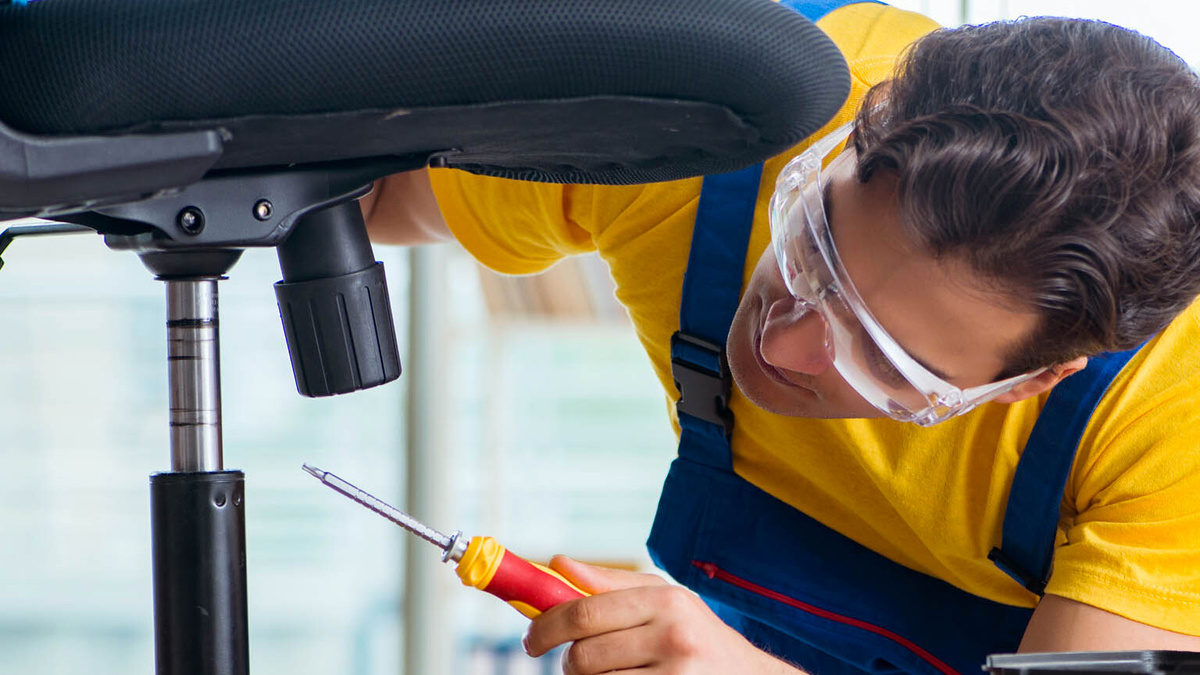
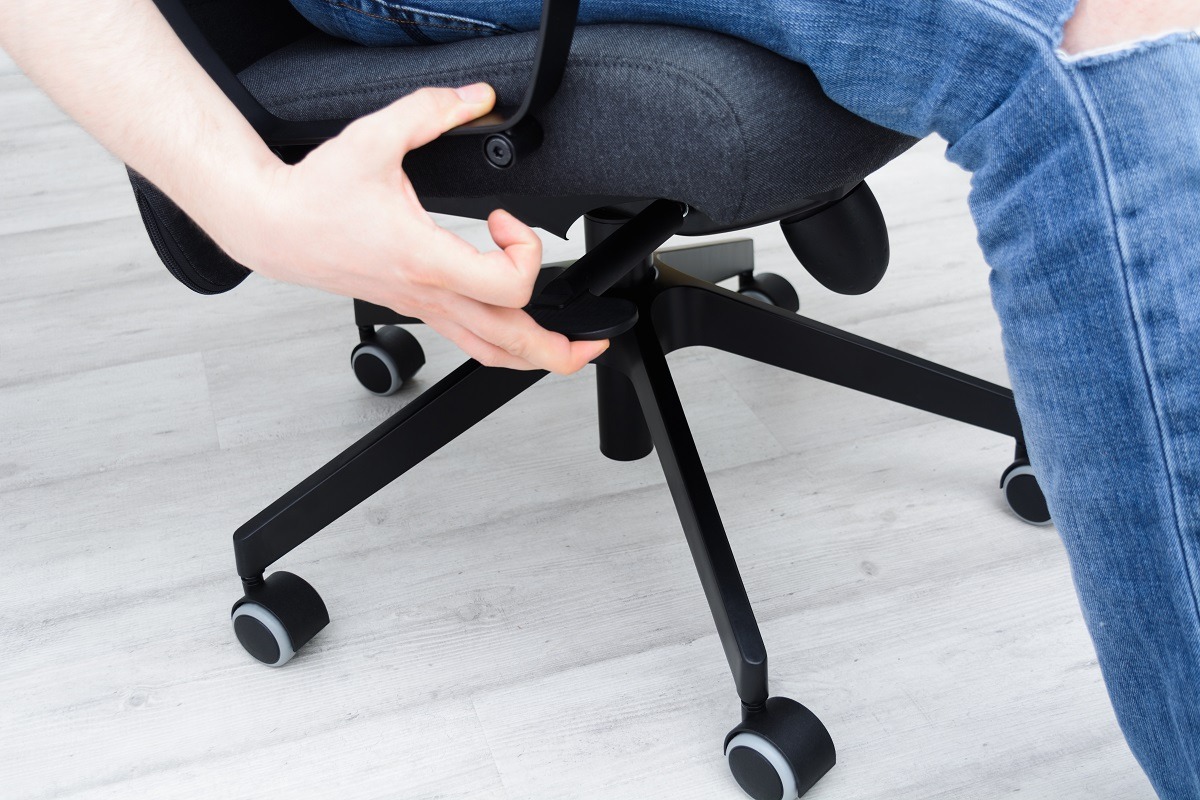
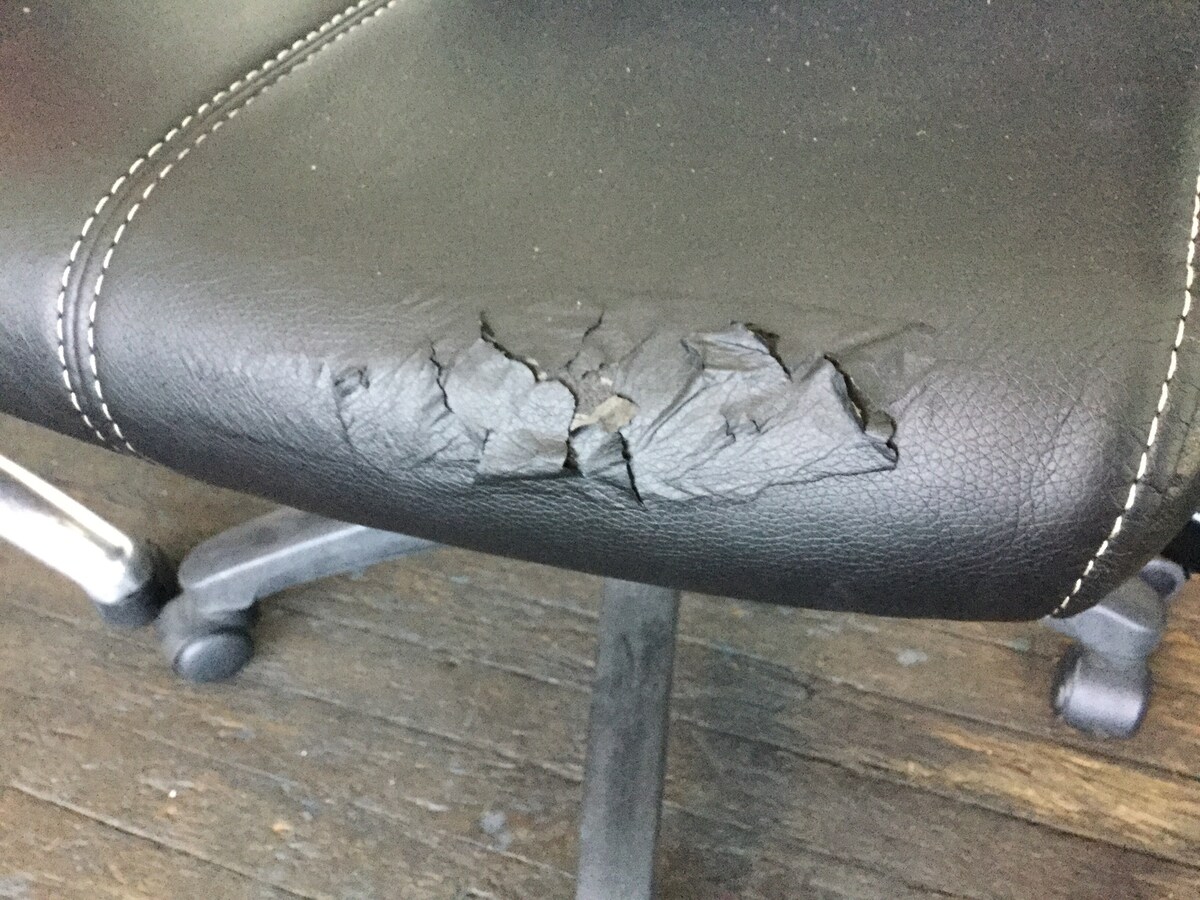

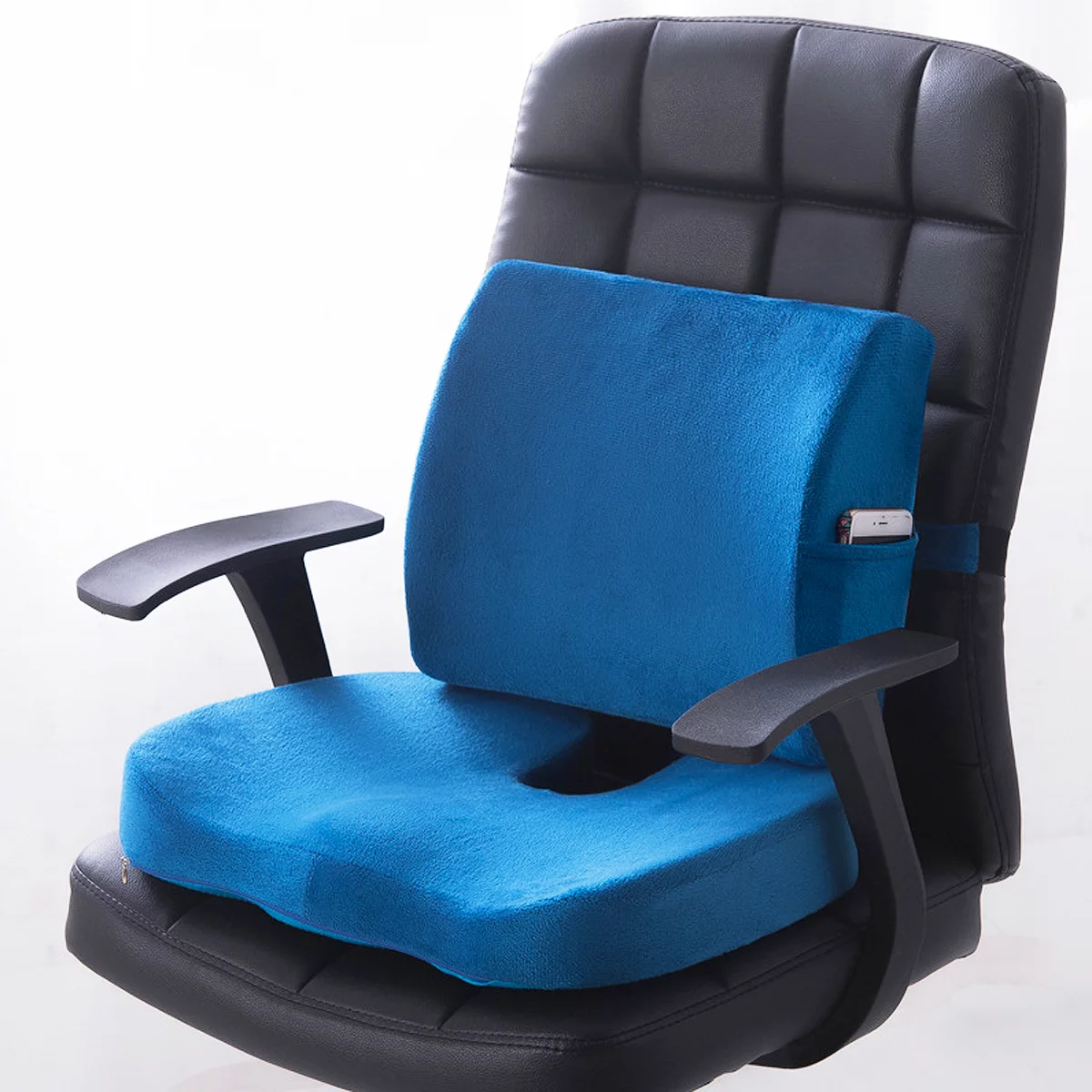
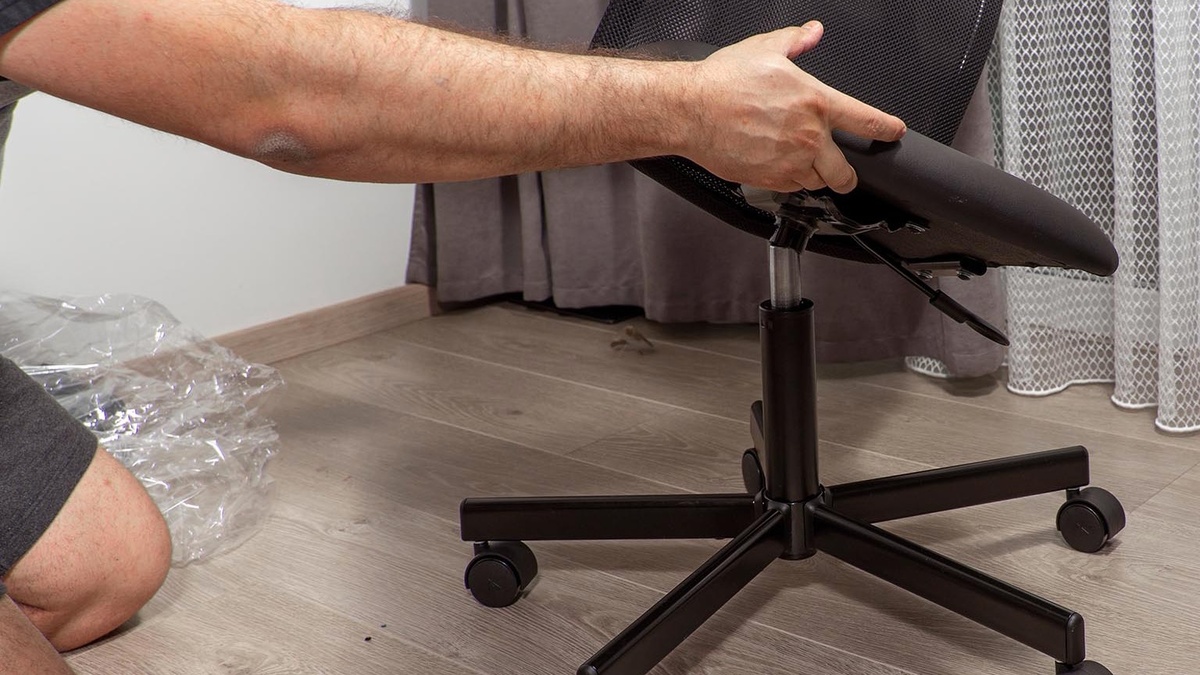
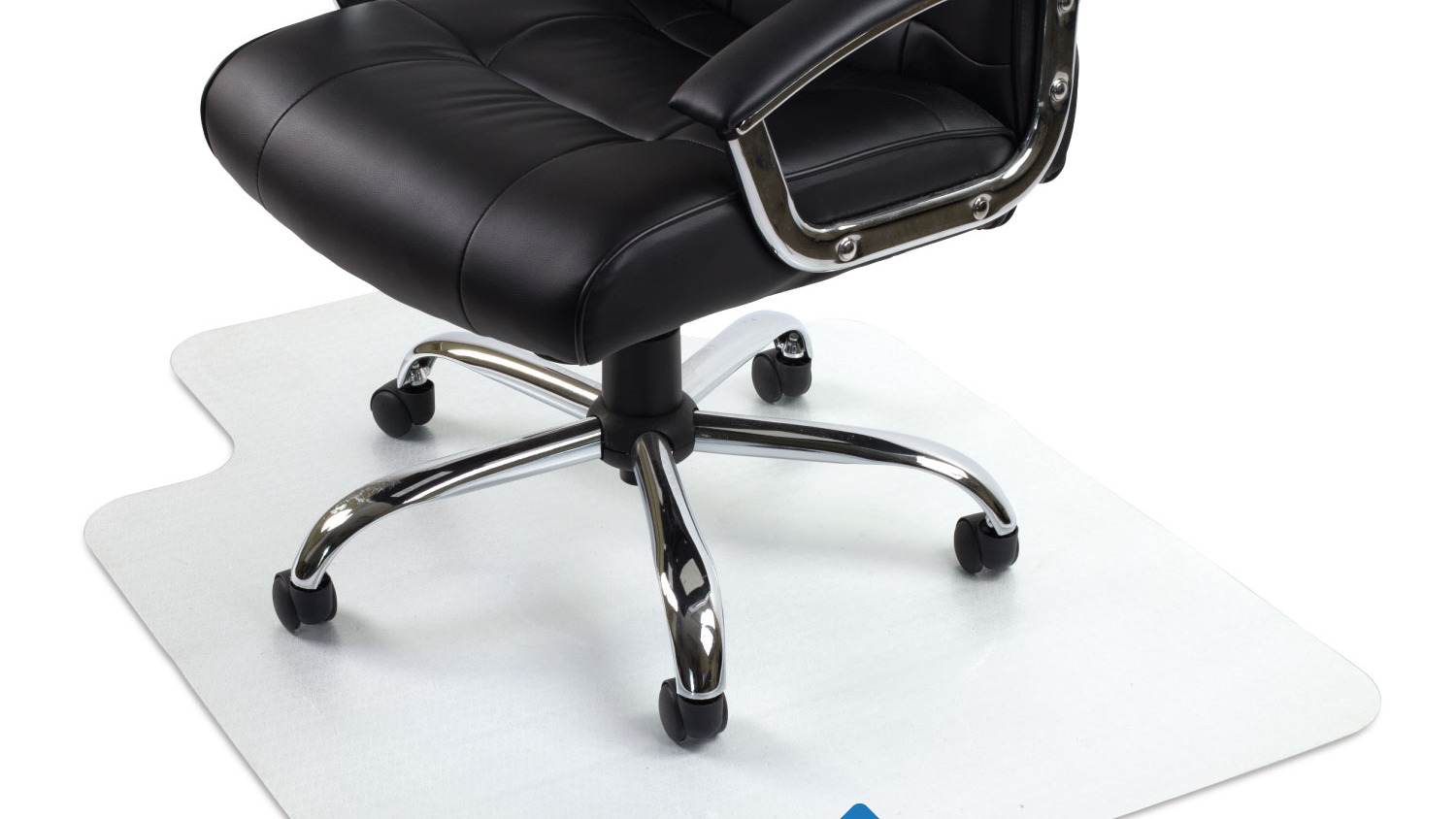
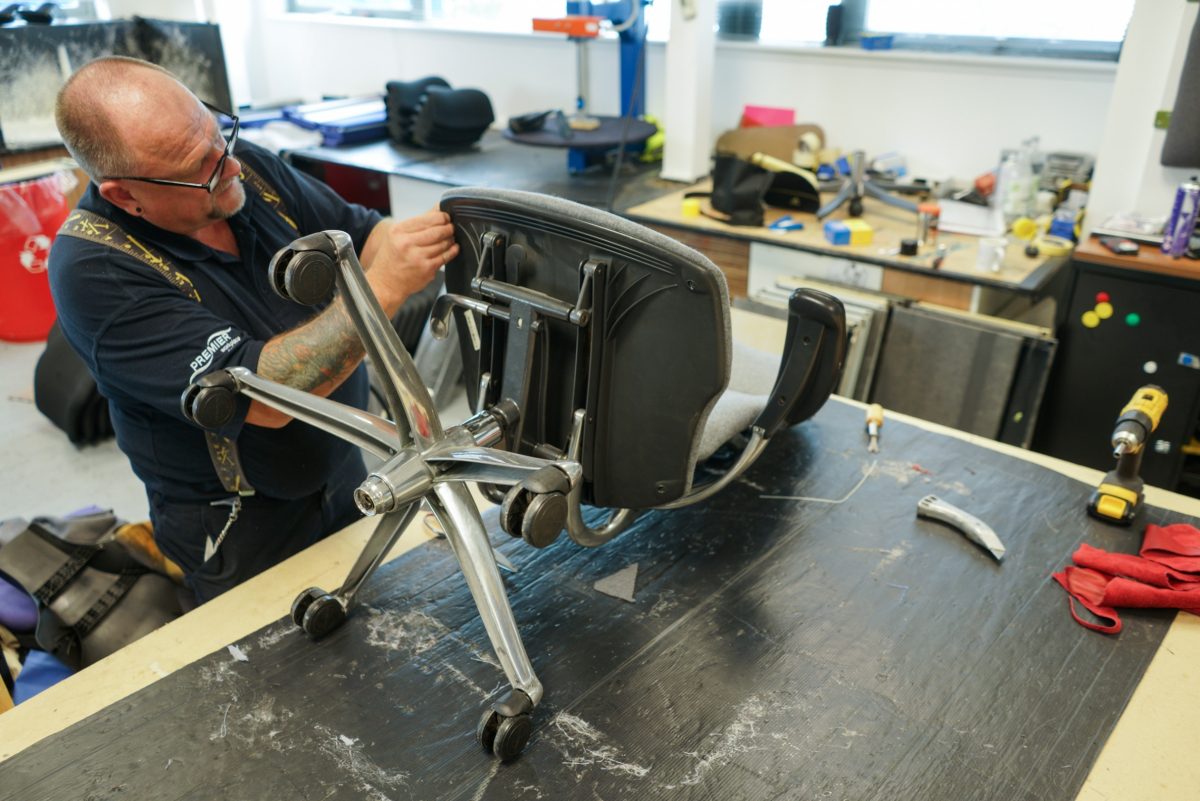

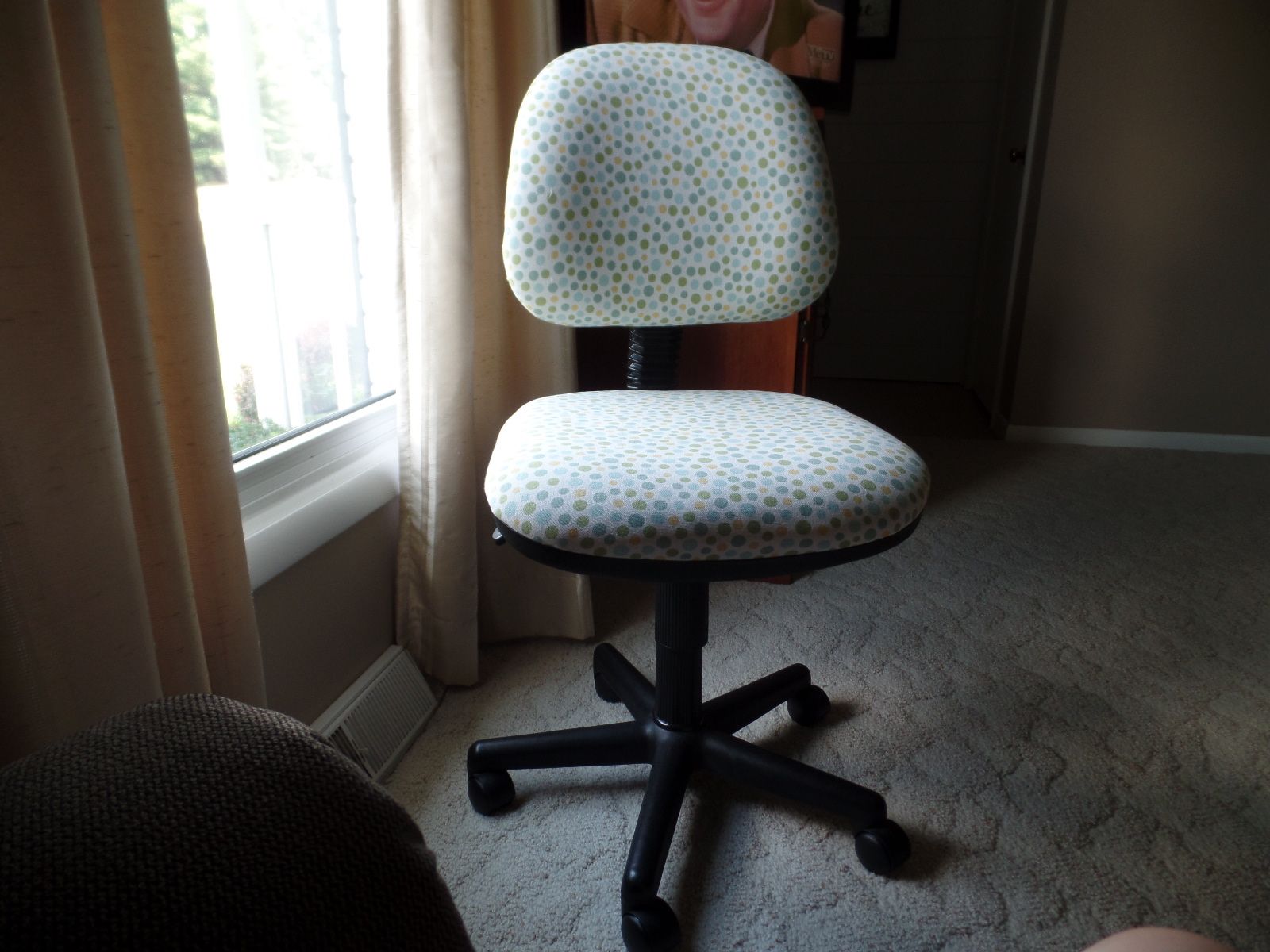
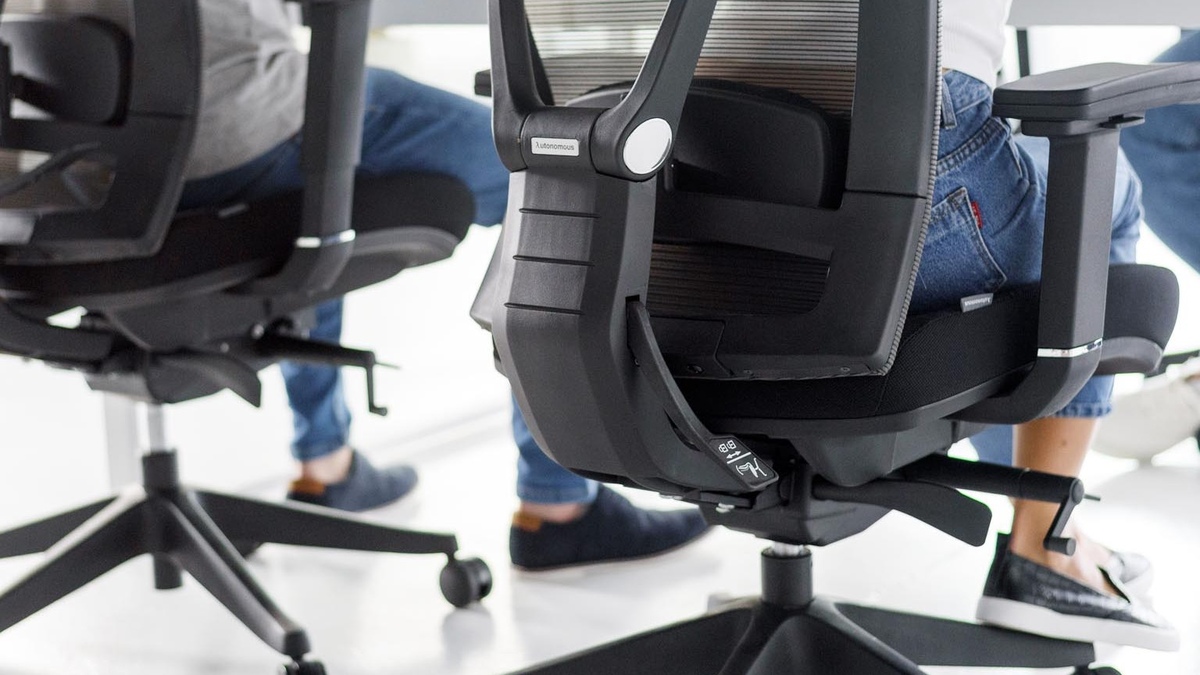
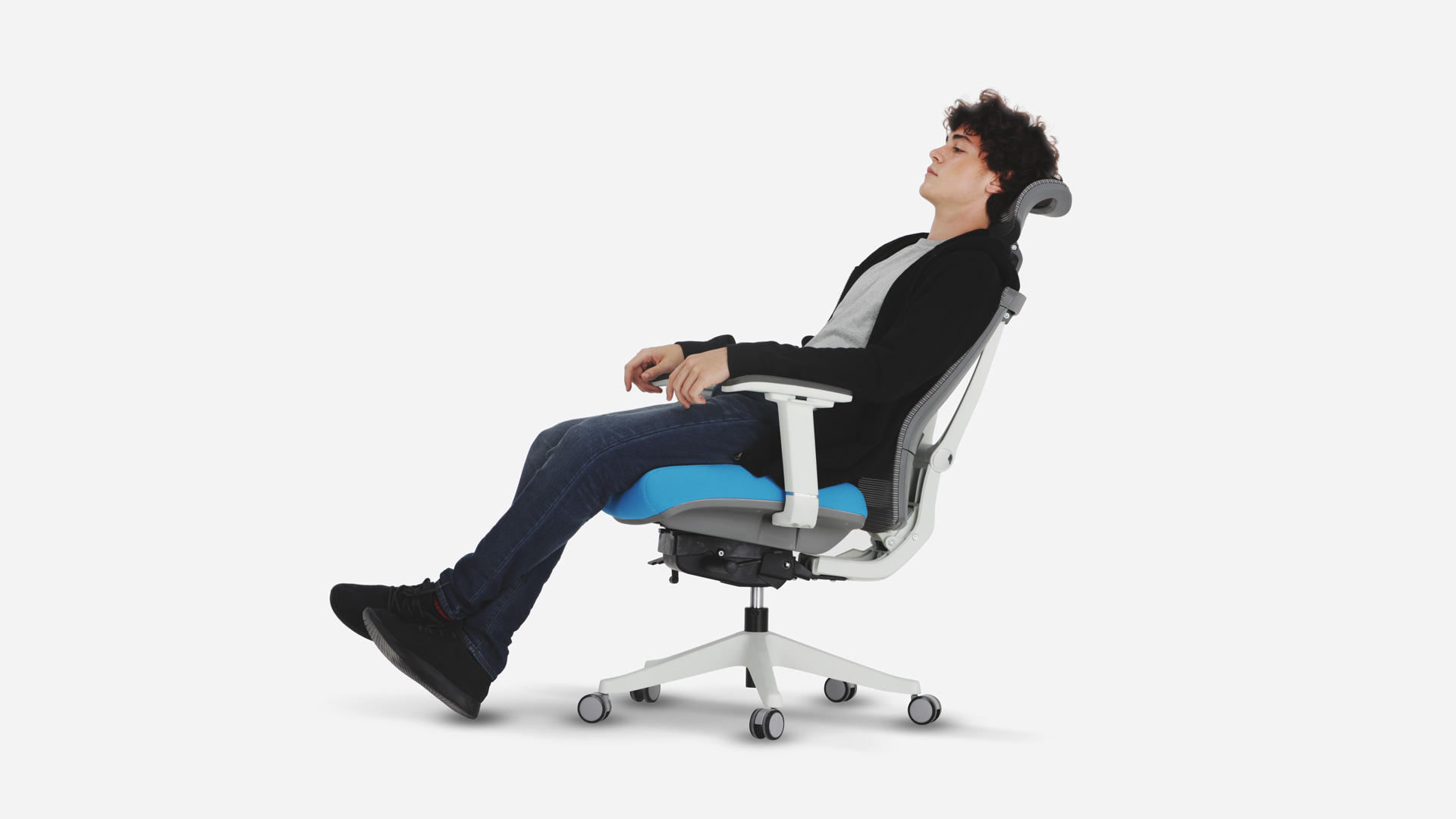
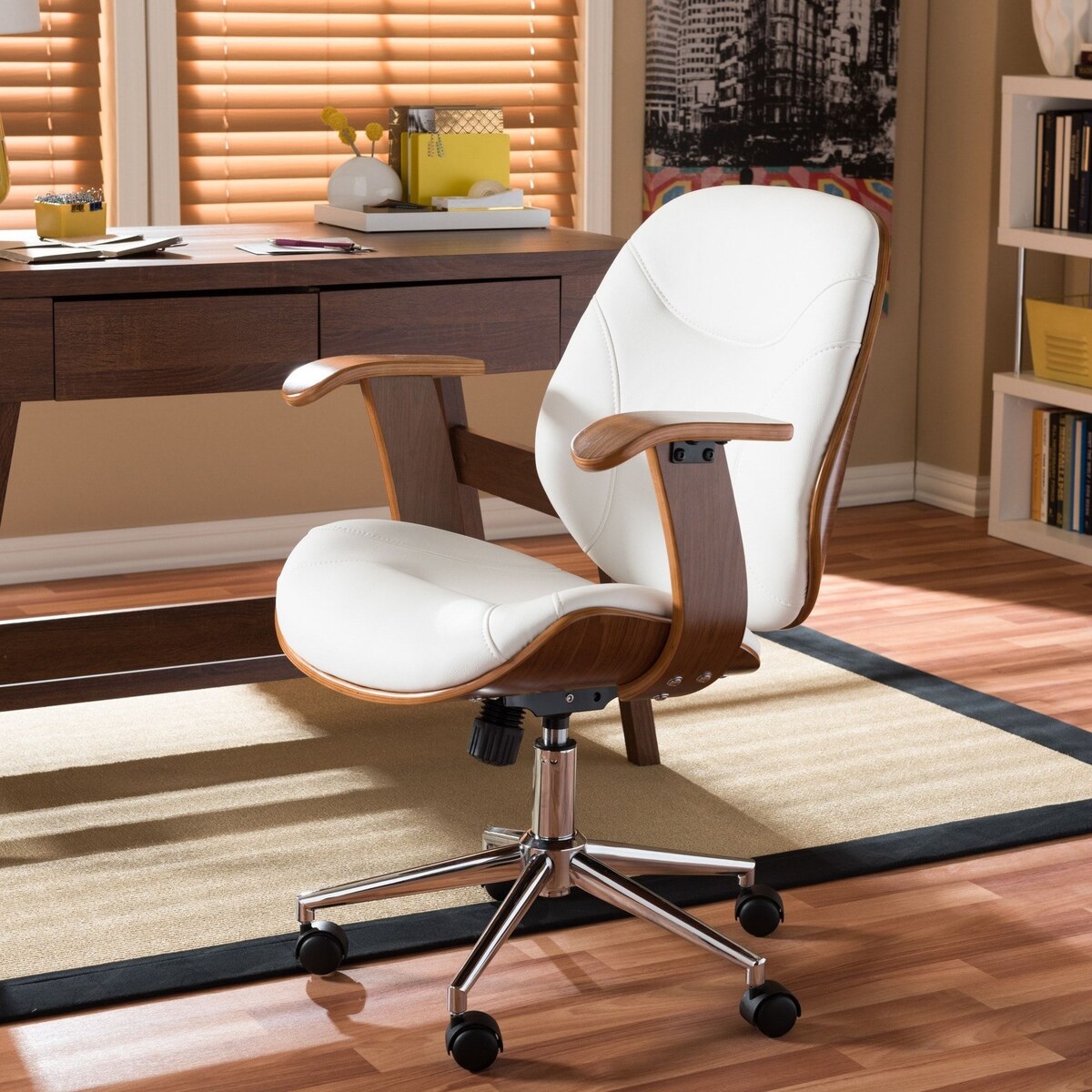
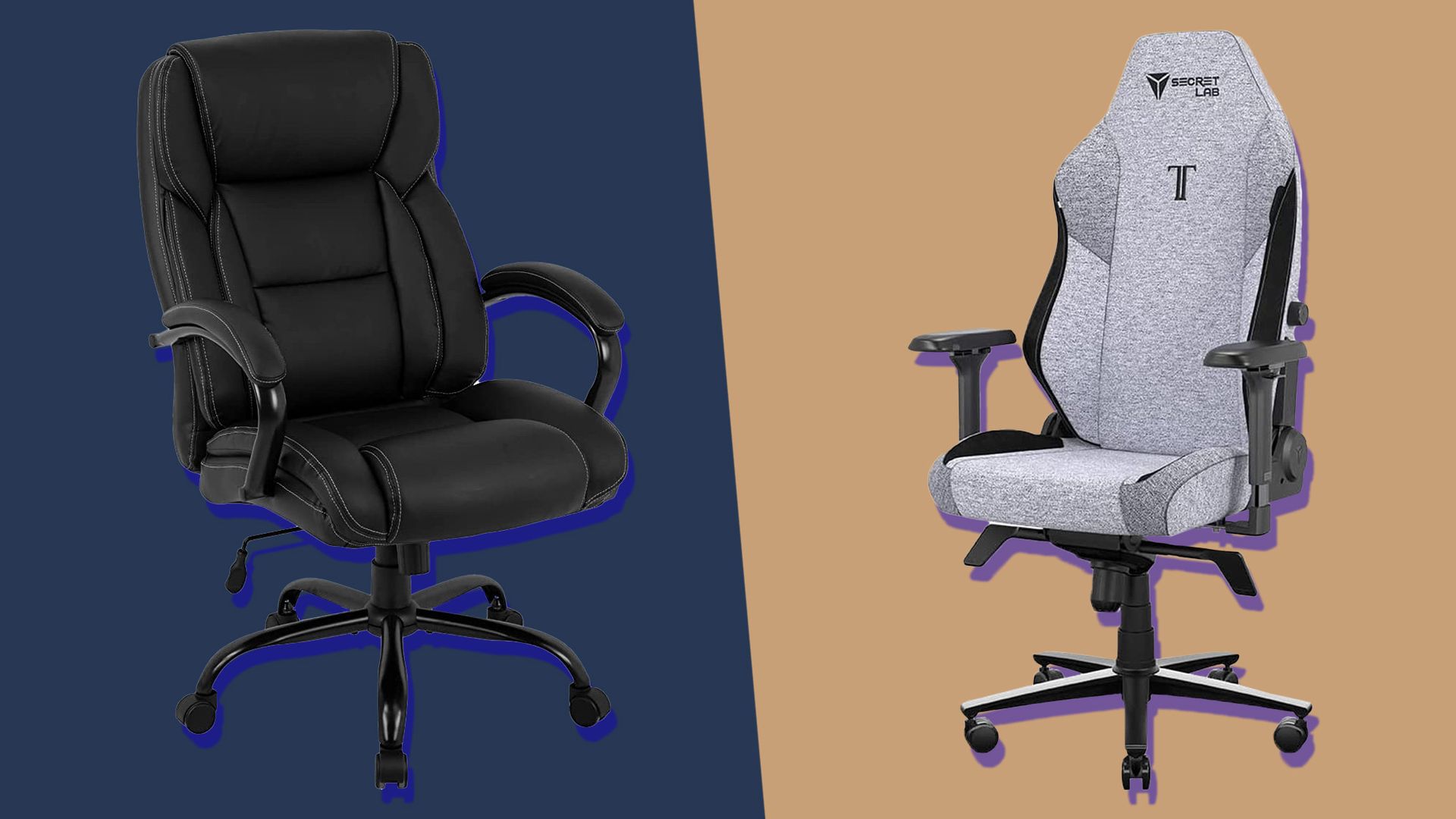

0 thoughts on “How To Fix An Office Chair That Keeps Sinking”